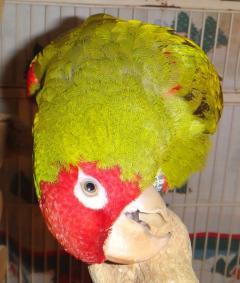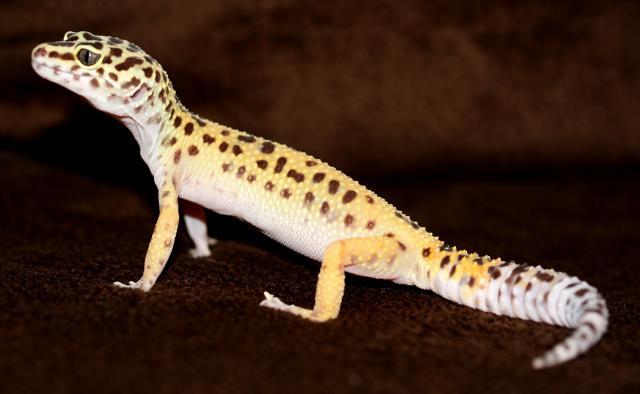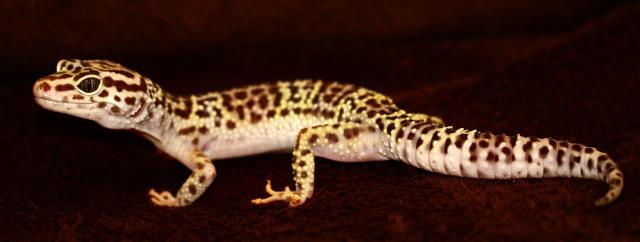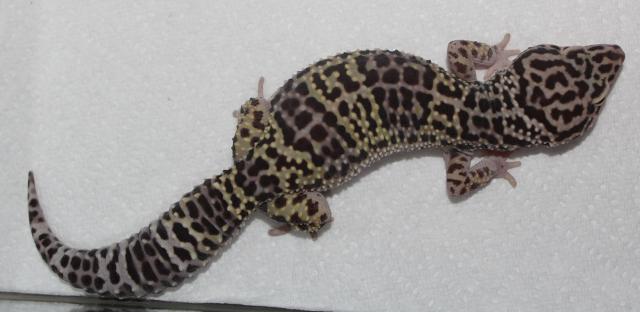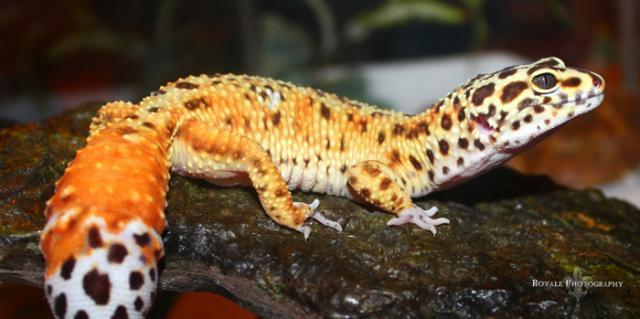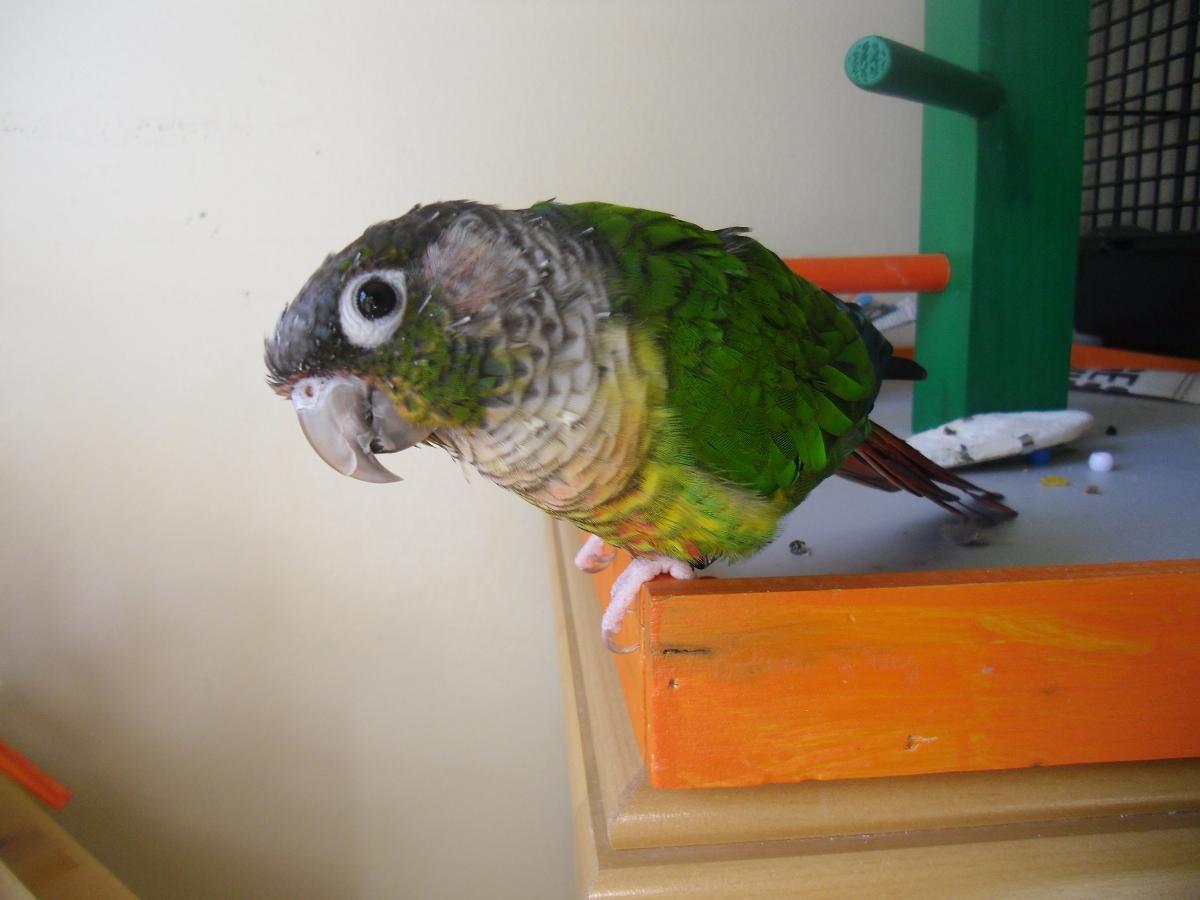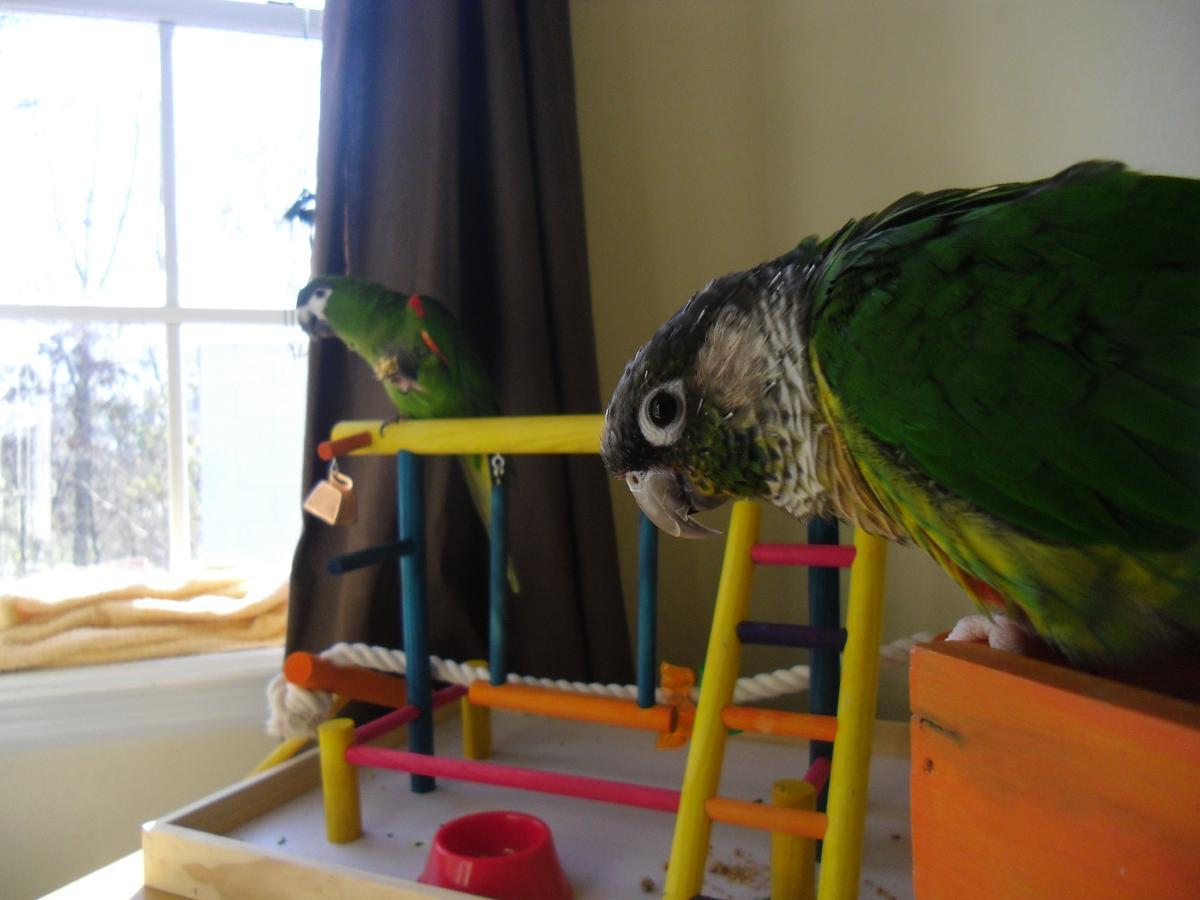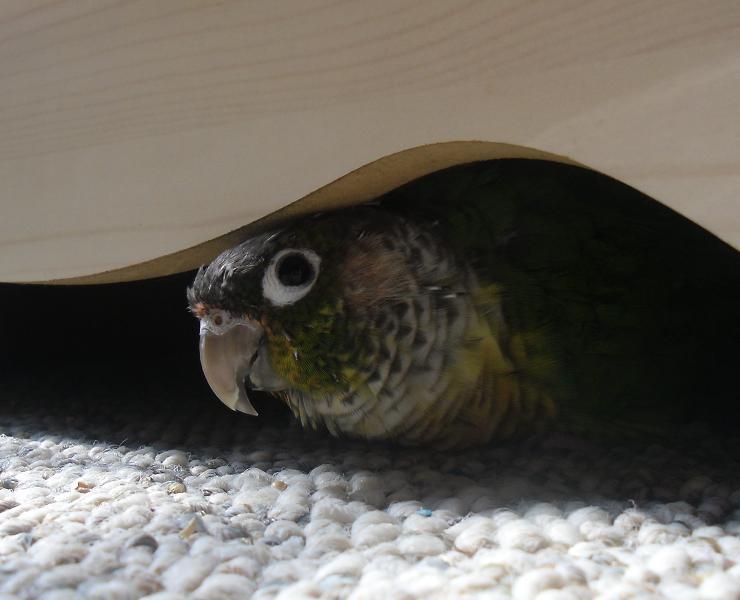Species: Green Cheek Conure
Scientific name: Pyrrhura molinae
Experience needed: Need parrot experience. Do your research before buying!
Origin: West-central and southern Mato Grosso, Brazil, through Bolivia to Argentina.
Size: About 10 inches from beak to tail.
Weight: 60 - 90 g
Jacki, being cute ^^^
Colors: Primarily green, grey-ish crown, green cheeks, blue primary wing feathers, long maroon tail, a red abdominal area. Grey feet, and skin patch around eyes. For short, I call them rainbow birds haha
The green-cheeked conure species has a few color mutations, cinnamon, yellow-sided & blue. Then theres Pineapples which results from breeding a cinnamon Green-Cheeked with
a Yellow-Sided green cheek.
Life Span: 30 years with proper care and exersize.
Sexing: Not dimorphic. Sexing the bird will require DNA testing.
Temperament: Fun and acrobatic little birds. Always into something. Good temperament and disposition. They have busy beaks and are little trouble makers.
Housing: Cage should be as big as possible. Bird should be able to move around freely inside the cage, must be able to fully expand their wings with-out the wings hitting sides of cages. Tail should not hit the back of the cage while perched. Plenty of toys and perches should be available. Many
different textured and diametered perches should be avaible to ensure healthy feet. Foraging, wood,
shreddable, noisy, Puzzle, interactive, & foot toys should all be available both inside and outside of the cage to prevent
boredom, boredom leads to bad behaviours. Playstands and foraging stations should be available out-side of the cage.
Bedding should be newspaper/paper towels. Corn cob is a no-no. Look into getting a seed catcher to go around the cage,
as well.
Talking ability & noise: They can pick up many different words phrases and sounds. Not the best talkers, speech is a bit fuzzy and hard to understand. Great at making noises and sounds. Green cheek conures have a less peircing scream than the sun, or other conures.
Family: Good for experienced families. Any children MUST be supervized around the bird. Birds are very fragile. If any other pets exist in the home, the bird should have a totally bird safe erea/room to
live in. Other pets should be supervised around birds.
Price:Anywhere form $300-$500 possibly $600 in my erea.
Exersize: Built for flying long distances everyday - like all birds. Green cheeks need plenty of exersize and 'out-side of cage' play time. A minimum of 2-3 hours a day. Preferably all day in
a bird-safe erea, away from any other pets.
Diet & Nutrition: Green cheeks will do well on a high quality pellet, tons of fresh fruits and veggies a bit of seeds and nuts. Any healthy SAFE table scrapes is good to offer, also.
Fresh water should always be available!
Attention: Like all birds, Green Cheek Conures are very social creatures. A minimum of 2 hours a day of interaction and attention should be given to your green cheek. If they're not getting the attention they need, they may develop bad behaviours such as screaming/biting/feather plucking, etc. If you cannot spend as much time that is needed with your bird, look into getting a feathered companion for him/her. Does not have to be in the same cage to keep each other company, but in the same room.
Routine Care: Daily feeding and watering, if your bird makes a mess of his/her water, change water multiple times daily. Clean the cage atleast twice a week. You'll definatly find seeds/pellets/poop with-in a two foot range outside of the cage, so vaccuming/sweeping and wiping down the cage stand is a must. Disinfect everything once a month, wash water and feed bowls once a week and wipe over everything in the cage a couple times a week. Mist the birds with room temp. water a couple times a week with a plant mister. Mist during warmest part of the day.
Other Info: One of the smallest in the conure family, the green cheek conure is popular because they are less noisy than most conures, and small in size. Often confused for maroon bellied conures when young. Be sure to buy from a reputable breeder. not petstores.
Jacki the green cheek conure & Teeki the hahns macaw ^^^
^^^ Jacki playing underneath my desk
I though I'd also add in that I have parrot experience, and experience with green cheek conures.




